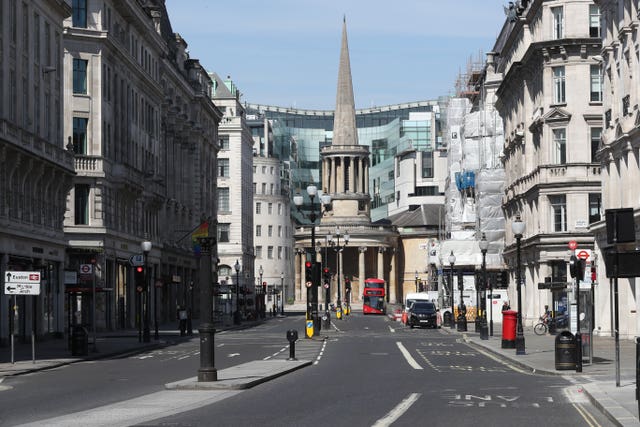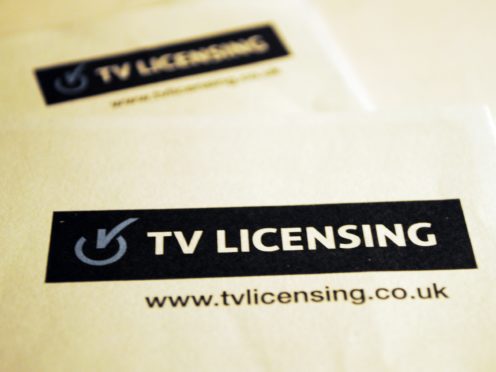The BBC is pressing ahead with plans to axe the universal entitlement to a free TV licence for the over-75s.
Means-testing will begin for viewers in the age category from August 1, after the original date was postponed because of the coronavirus pandemic.
The licence fee has been the subject of much debate after the Government launched a consultation on whether evasion should be decriminalised.
In April the annual cost of a TV licence rose from £154.50 to £157.50.
— TV Licensing (@tvlicensing) July 9, 2020
Here is a look at the history of the TV licence:
In the 1920s, the Government took the decision not to allow the fledgling BBC to fund itself using commercial advertising and instead required people to buy a licence in order to receive their broadcasts.
The first wireless licence was issued in November 1923 for 10 shillings (50p), and by the end of that year 200,000 had been issued.
The number of active licences continued to rise dramatically, with 2.5 million issued in 1928.
The first combined radio and television licence was issued in 1946 for £2.
A supplementary licence for colour TVs was introduced in 1968.
Black and white TV licences still remain available, and as of the end of September 2019, 6,586 were being used.
In 1971, radio-only licences were abolished, along with the requirement to have a licence for car radios.

The BBC was made responsible for administration of the licence fee as a result of the Broadcasting Act 1990, and the corporation now sub-contracts the work.
In 2015, the Government and BBC reached a settlement which meant the broadcaster had to find savings of £800 million by 2021/22.
It also saw the corporation commit to taking on responsibility for the funding of free licences for the over-75s.
The corporation subsequently announced that the free licence benefit would be restricted to those in the age bracket who claim pension credit, because the financial burden of providing it to all those eligible was too great.
The policy change was due to being in June, but was delayed because of the impact of the coronavirus pandemic, with many over-75s forced to stay at home and shield.
Anyone who watches or records programmes on a TV, computer or other device must buy a TV licence – along with those who watch or downloads shows on BBC iPlayer.
There were 25,752,560 TV licences in force in the UK in 2018/19, according to TV Licensing, a decrease on the 25,836,495 in 2017/2018.
In April, a Government consultation on decriminalising licence fee evasion closed after receiving more than 100,000 responses.
